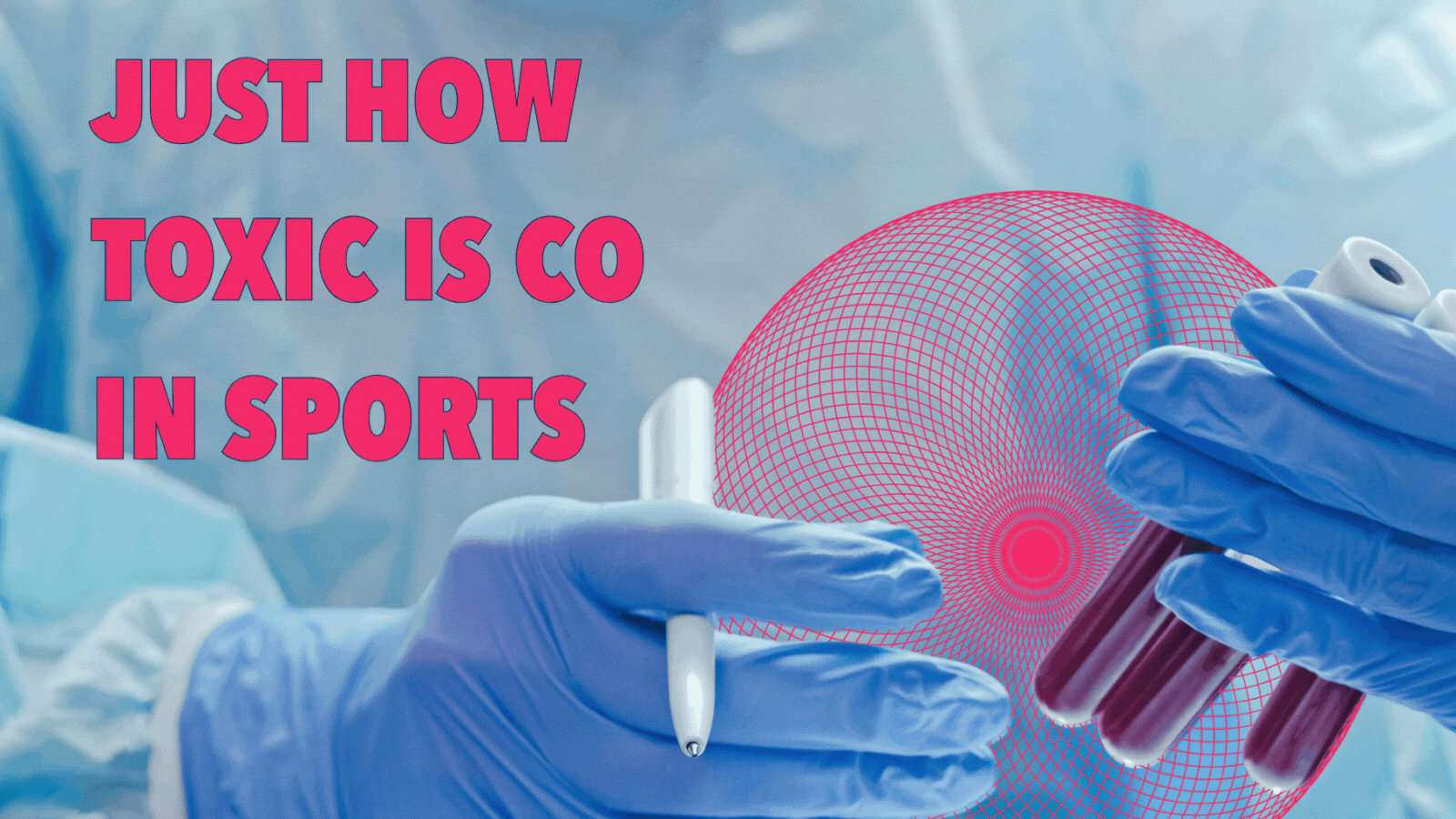There are few phrases in sport that make the blood run cold faster than ‘poisonous gas.’ So, when the recent revelations broke, about carbon monoxide testing in elite cycling, via Matt Lawton in The Times, it’s no wonder the industry’s eyebrows shot skyward. But, as ever in performance sport, the truth is rather more complicated than the headlines suggest.
Carbon monoxide has a perfectly legitimate place in medicine. The CO rebreathing method, developed back in 1980s, allows physiologists to measure an athlete’s total haemoglobin mass with impressive precision. In practical terms, that means working out how effectively a body can shift oxygen – the holy grail of endurance performance. A tiny, controlled amount of CO mixed with oxygen is inhaled, it binds to haemoglobin, and the resulting shift gives you the data. It’s quick, non-invasive, and when done properly, safe.
The problem, of course, is the word ‘when.’ While a few millilitres of controlled CO can produce useful numbers, a bit too much and you’re on a fast track to hypoxia, organ damage or worse. Which is why legitimate use means labcoats, clipboards, and regulation.
CO testing has been a quiet part of sports’ playbook for years. It’s accurate, hard to fake, and a brilliant tool for altitude work. But here’s the rub: repeated exposure doesn’t just measure performance; it can enhance it. Mimic altitude often enough and you start stimulating red blood cell production. And because it’s hard to detect through standard anti-doping protocols, the temptation for those willing to blur the line is obvious.
In this case, teams in cycling were conducting CO testing within the Union Cycliste Internationale regulations in place at the time. At that point, neither the practice nor the settings in which it occurred were restricted — both points have since changed. It’s also worth noting that the World Anti-Doping Agency still hasn’t banned the method outright, though it has made clear that non-diagnostic use may breach its code.
More broadly, national sports science bodies continue to use CO testing legitimately under tightly controlled protocols. But the grey zone between performance monitoring and performance enhancement has now been thrown into stark relief.
While regulatory clarity is finally catching up with science, CO rebreathing still sits squarely on the fault line between legitimate innovation and something much murkier. It’s a reminder that while performance sport thrives on the cutting edge, crossing the line should come with consequences.
Read the reporting, by Matt Lawton, in The Times here.
Want more like this?
Sign up to Access Innovation – the newsletter that tells you what’s next before it ends up in your competitor’s performance stack.




No comment yet, add your voice below!